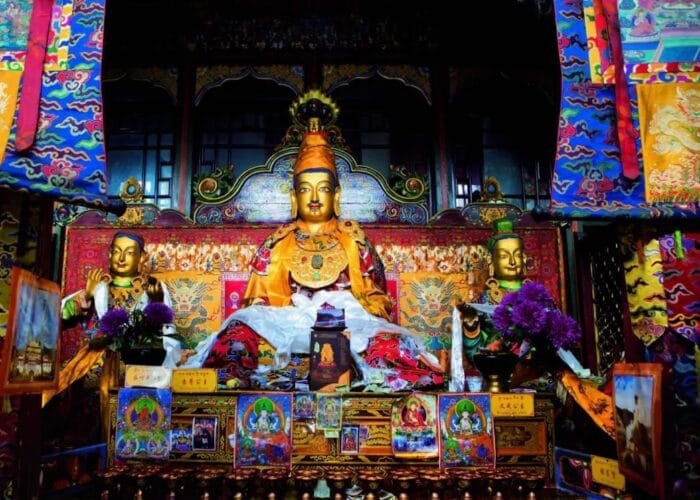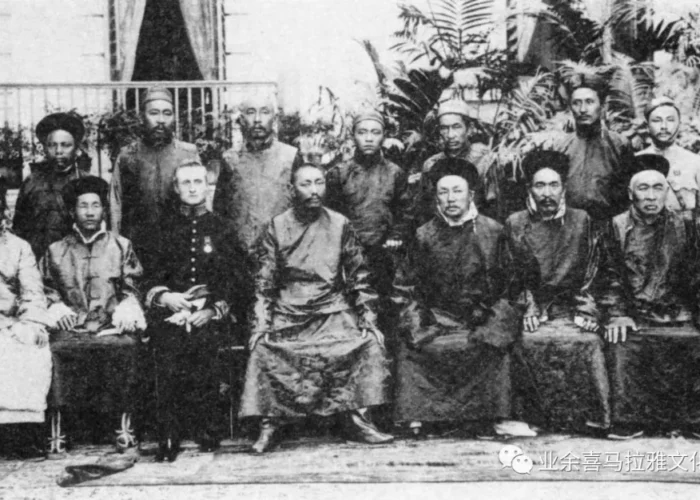Tibet, a mystical land nestled in the majestic Himalayas, boasts a captivating history that rivals its stunning landscapes. While written records may be sparse, Tibet’s rich oral tradition takes us back to the mythical birth of the first human beings in the Yarlung Tsangpo River Valley, now known as the Yarlung Tsangpo civilization. Recent research has unveiled evidence of human settlement in Tibet during the Paleolithic Age. In this article, we embark on a journey to explore the fascinating history of Tibet, from its unification under visionary leaders to its eventual transformation into a cultural marvel.
Unification of the Tibetan Kingdom
Tibet’s history is a tapestry woven with the wisdom and leadership of various tribal leaders. In 237 BC, Nyatri Tsanpo ascended to the throne, marking a pivotal moment in Tibetan history. His ambitious mission was to unite the fragmented central Tibet region, a feat he accomplished through visionary leadership, bringing together diverse tribes and laying the foundation for a unified Tibet.
By the 7th century, Tibet found itself divided into five major kingdoms, each with its distinct identity and character. The Tubo Kingdom, Shangshung Kingdom, Sumba Kingdom, Menyak-Gyalrong Kingdom, and Asha Kingdom each contributed to Tibet’s cultural mosaic. However, the destiny of Tibet took an extraordinary turn when Songtsen Gampo, hailed as one of Tibet’s greatest kings, rose to power.
Songtsen Gampo’s visionary leadership and diplomatic prowess allowed him to establish the Tibet Empire, a formidable force that commanded respect across the region. Under his rule, Tibet experienced a golden age of prosperity and cultural brilliance. The empire flourished, extending its influence beyond its borders through strategic alliances and diplomatic endeavours, fostering cultural exchange with neighbouring regions.
This period witnessed a blossoming of art, literature, and spirituality. Countless monasteries, palaces, and monuments graced the landscape, turning Tibet into a beacon in the heart of the Himalayas. The Tibet Empire’s legacy cannot be overstated; it laid the groundwork for profound spiritual traditions, including Tibetan Buddhism.
Tibet’s History Unveiled: From Mythical Origins to Cultural Magnificence
For centuries, Tibet stood as a formidable empire, extending its influence far beyond the Tibetan plateau. The historic Silk Road, a network of lucrative trade routes, came under Tibet’s sway, encompassing prosperous cities like Kashgar and Khotan. This expansion was a testament to Tibet’s political prowess and military might.
One of the most remarkable events in Tibet’s history occurred in 763 when a formidable Tibetan army audaciously invaded Tang China. Led by fierce warriors, they captured the illustrious capital, Xi’an, sending shockwaves throughout the region. This victory, however, proved short-lived.
By 877, internal conflicts began to emerge within the Tibetan empire. A crucial dispute arose between the emperor and local kings regarding their state religion, creating a rift that would prove fatal to the empire’s unity. Influences from neighbouring powers further complicated the situation, leading to the tragic demise of Emperor Oudum Tsen, known as Lang Dharma. With his death, the Tubo Kingdom, once a symbol of strength and unity, crumbled under the weight of internal strife.



















